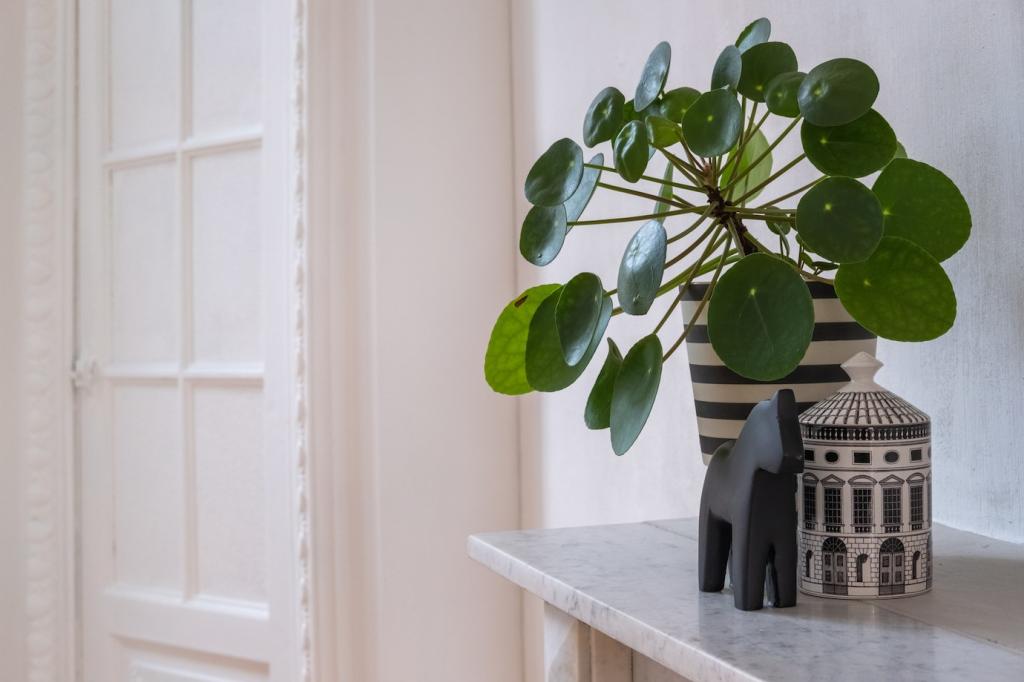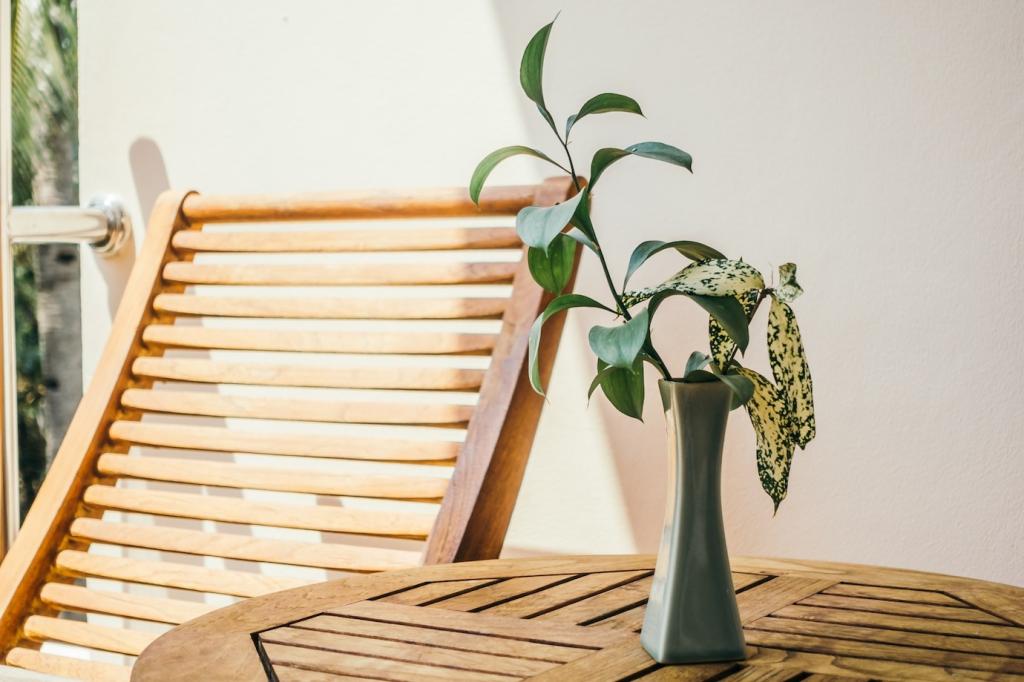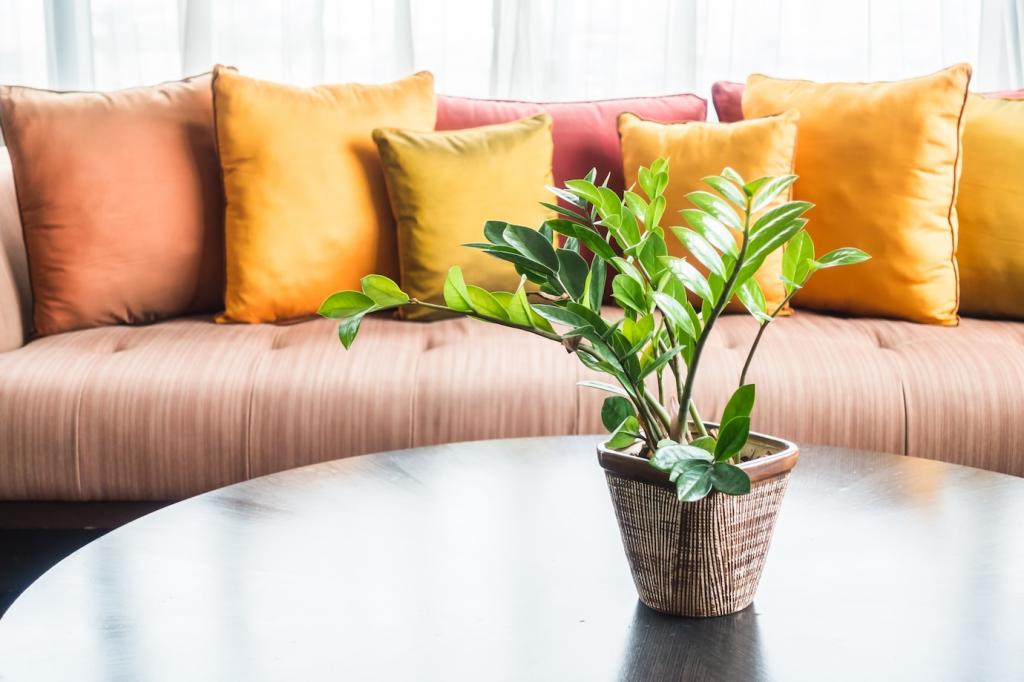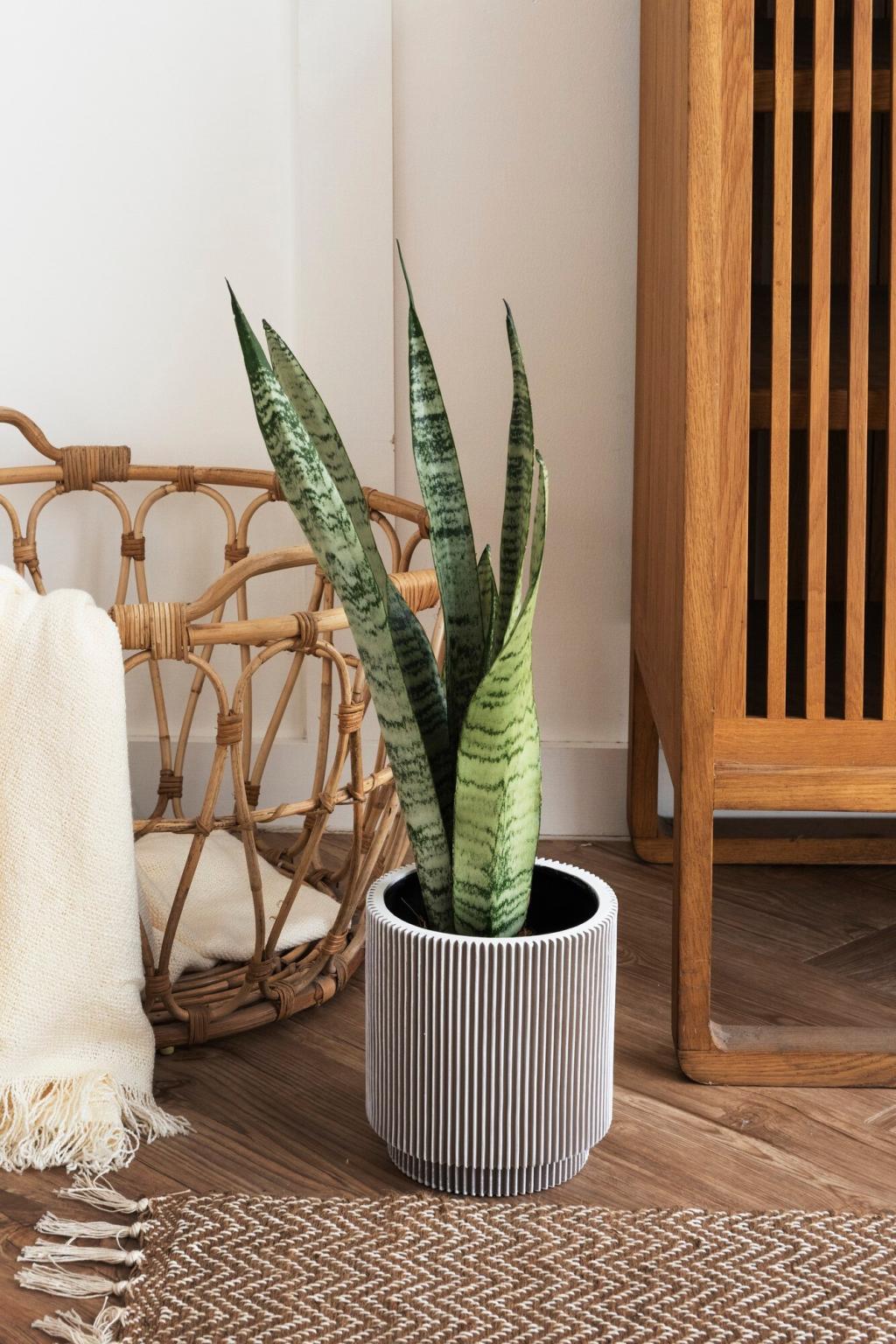Sustainable Materials in Modern Interior Design
The Rise of Eco-Conscious Design
Evolving Client Expectations
Homeowners and businesses now expect designers to present sustainable options as part of their core offerings. Conscious consumers are looking beyond surface beauty, seeking assurance that their interiors are designed with both people and the planet in mind. This shift calls for transparency in sourcing, manufacturing, and lifecycle evaluation, adding new criteria to the design decision matrix.


Previous slide
Next slide

FSC-Certified Hardwoods
The Forest Stewardship Council (FSC) label guarantees that wood has been harvested according to rigorous environmental and social standards. FSC-certified hardwoods such as oak, walnut, and maple are popular choices for flooring, cabinetry, and bespoke furniture. The certification backs responsible forest management, balancing the demands of timber production with conservation and community rights.
Engineered Wood with a Green Edge
Engineered wood products, such as cross-laminated timber and plywood, are evolving through the use of non-toxic adhesives and wood sourced from sustainably managed forests. These materials deliver excellent dimensional stability while using smaller-diameter trees and wood waste, maximizing resource efficiency. Designers increasingly turn to these innovations for both aesthetic and structural applications.
Bamboo as a Fast-Growing Alternative
Bamboo stands out as one of the fastest-regenerating plants, reaching maturity within just a few years. Used for flooring, millwork, and decorative paneling, bamboo offers hardness and resilience comparable to many hardwoods. Its rapid renewability and minimal need for pesticides make it a responsible substitute that nevertheless brings sleek, contemporary style to interiors.
Low-Impact Paints and Finishes
Low-VOC and Zero-VOC Paint Solutions
Volatile organic compounds (VOCs) in traditional paints release hazardous chemicals into the air, adversely affecting air quality and human health. The rise of low-VOC and zero-VOC paints offers an alternative with none of the associated fumes or toxins. These advanced formulations are available in a broad spectrum of colors and finishes, allowing personalized design while ensuring safer living environments.
Plant-Based Stains and Oils
Traditional stains and wood oils can contain petrochemicals and heavy metals, whereas plant-based options use natural oils such as linseed, soy, or tung. These products protect and enhance the beauty of wood substrates without leaching harmful substances into the indoor environment. The result is an exquisite, naturally rich finish that resonates with eco-conscious homeowners.
Clay and Lime Washes
Natural wall finishes like clay and lime washes originate from age-old traditions and are making a strong comeback in green design. These mineral-based coatings are non-toxic, breathable, and naturally antibacterial, providing a subtle, organic texture to interior surfaces. Their ability to regulate indoor humidity and reduce allergens enriches the comfort and sustainability of modern interiors.
Harvested from the bark of cork oak trees without harming the plant, cork flooring is a renewable, biodegradable, and hypoallergenic material. Its natural resilience and insulating properties offer comfort underfoot, while subtle patterns add warmth and textural intrigue. Cork supports forest biodiversity and provides a gentle, sustainable surface in living areas and bedrooms.

Energy-Efficient and Smart Materials
High-Performance Insulation Materials
Insulation derived from recycled denim, sheep’s wool, or cellulose from newsprint offers advanced thermal performance with a minimal environmental footprint. These materials lower heating and cooling needs, creating more energy-efficient homes and workplaces. Natural insulations are free from formaldehyde and other toxins, ensuring healthier air and a reduced carbon load.
Low-E Glass and Glazing Solutions
Low-emissivity (Low-E) glass windows are designed to reflect infrared energy, keeping interiors cooler in summer and warmer in winter. By reducing reliance on artificial climate control, these advanced glazing solutions contribute to significant energy savings over time. Designers select Low-E glass to simultaneously boost thermal comfort and support clients’ sustainability objectives.
Smart Lighting Systems
Smart lighting systems equipped with LED technology, occupancy sensors, and programmable controls unlock dramatic energy savings and personalized ambiance. LEDs consume a fraction of the power used by traditional bulbs, while responsive controls ensure that lights are only used when and where needed. Integrating smart lighting supports both sustainability and enhanced convenience for modern interiors.
